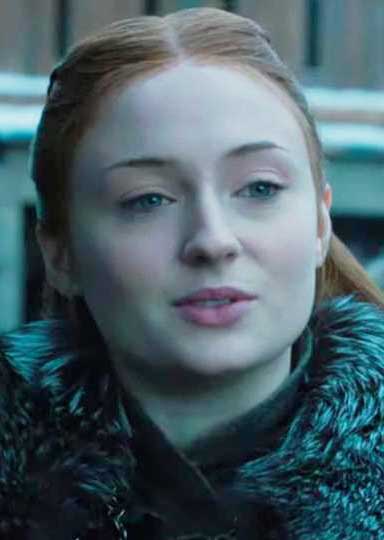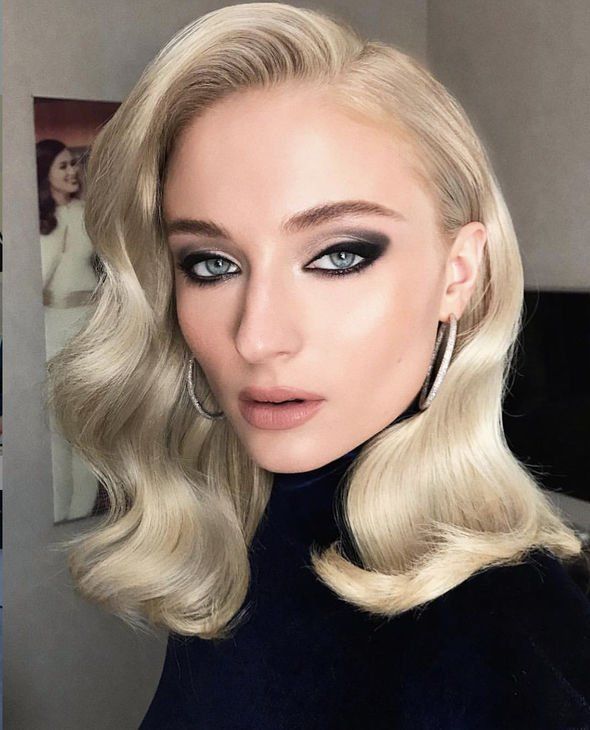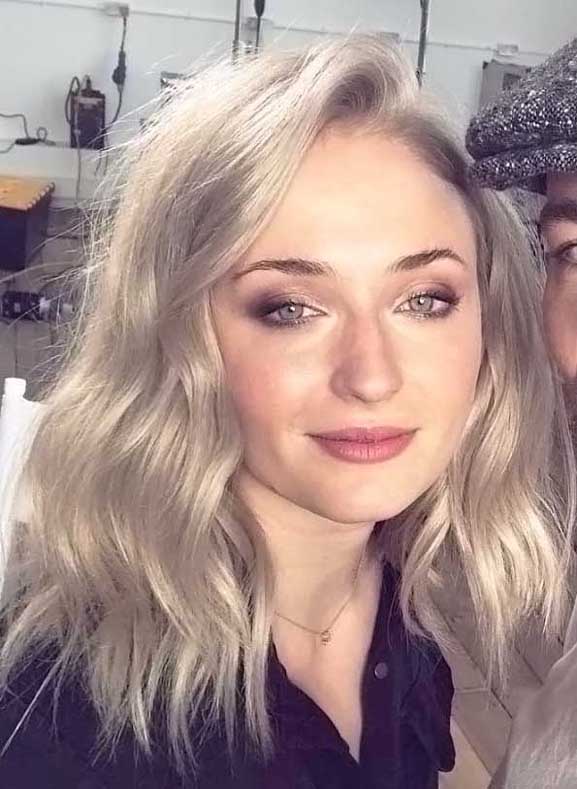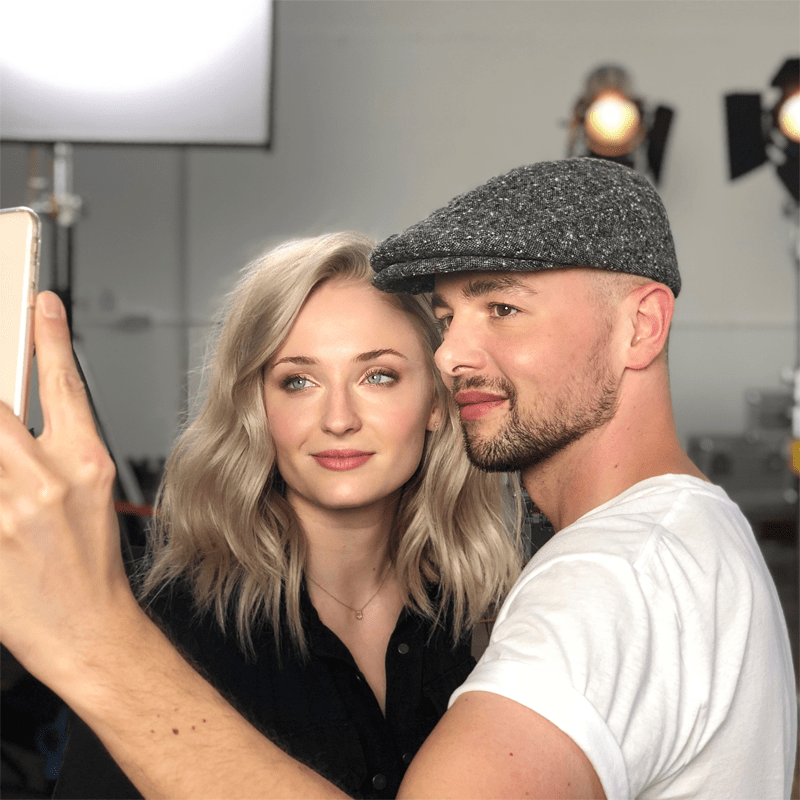Experiment Conclusions:
Photography Is An Innately Flattening, Fattening and Gender-Biased Medium
The BID research core concept is that compressing the real world into two dimensions interferes with our ability to make accurate size, shape and distance estimations. And as was proven to the highest significance, when we perceive a perceptually flat image (with both eyes) a close-up target is always seen as larger than reality. So any “flat” reproduction perceptually encodes for extreme distance. If a familiar target (like a face) subtends a large visual angle on the retina, the default percept of it from a 2D photographic image becomes larger and wider than it would be with direct stereoscopic vision. This is because the HVS has none of the normal proximity information it gets from disparity, convergence and ocular accommodation it naturally receives, particularly when viewing images of people. Any face or object that subtends a large angle of view on the retina (but is perceptually flat without proximity cues) only has cues for extreme distance.
2D portraits will therefore always appear to be larger than in reality, simply because they lack the information we need to make a natural size estimation.


Telephoto lenses are the default in movies and TV series such as Game of Thrones (above left). Typically used for close-ups from 2.5-5.0 metres away, they nevitably flatten and fatten facial features. Using contour makeup on the same face (right) actress Sophie Turner’s “selfie” taken while shooting GoT conveys similar slimming and shaping as 3D portraiture. Selifies taken with wide angle lenses at arms length can give more life-like sculpture than is usually found even with professional photograpaphy.
The distant-image effect is compounded with increasing camera-to-subject distances. Telephoto lens imaging (left above) will lead to significant increases in perceived body-size and bodyweight in portrait and figure photography, even when the image is reproduced smaller than life size. The female fattening effect is present even when whole body size judgements are made only from face and neck portraits. This jaw-neck effect is independent of reproduction size, and is still clearly evident in life-size 2D images. Life-size stereoscopic imaging however always delivers slimmer and smaller size estimations than otherwise identical 2D photography.
The loss of stereoscopic depth information coupled to the widespread use of telephoto lenses will lead to a distinct flattening and fattening effect in photographic portraiture. With females, this distortion is invariably misperceived as obvious or even extreme fattening:
Females are judged to be significantly overweight in almost all normal photographic conditions, whereas males tend to be seen as under their actual measured bodyweight in the same conditions. There is an extreme gender effect:
The most underweight females received the most overweight size estimations with both the Likert descriptors and their estimated bodyweight in kilograms.
This effect has serious ethical implications, and may be the root cause of the damaging comments made about young actresses, like Sophie Turner below.


Sophie Turner said she was seriously affected by negative comments she would read about herself as trolls criticized everything from her physical appearance to her acting skills:
PEOPLE.COM: “You see 10 great comments and you ignore them, but one negative comment and it just like, throws you off,” she said. “People used to write, ‘Damn, Sansa gained 10 lbs.,’ or ‘Sansa needs to lose 10 lbs.’ It was just a lot of weight comments. Or I would have spotty skin because I was a teenager and that’s normal, but I used to get a lot of comments about my skin and my weight and how I wasn’t a good actress.” “I would just believe it,” she admitted. “I would just say, ‘Yeah, I am spotty, I am fat, I am a bad actress.’ I just believed it.” April 17, 2019 11:42 AM: Sophie Turner is getting candid about her mental health struggles.
Wide-angle lenses however can have a slimming effect with camera proximities of less than one metre (left above and top right). Standard and Telephoto lenses will have a relative fattening effect at distances of one metre and beyond (right above). This effect can be seen quite clearly in the two examples immediately above, as they were both taken at the same time. The left is taken from approximately 70 cm distance, the right from about 2 metres. Statistically (and aesthetically), the fattening effect reaches its peak at approximately 2.7 metres camera-to-subject distance and appears to level off at further distances (top left) . The ratio of neck width relative to jaw width seems to be the most important driver of smaller size or bodyweight estimations (top right).
Keeping the face size constant while varying lens focal lengths (increasing camera-to-subject distances) can change apparent Jaw/Neck Ratio. Standard and Telephoto lenses will portray necks as significantly wider than they are in reality. In males, neck widening or “thickening” can be interpreted as increased masculinity.
In females however, “thick” neck widths are almost always perceived as extremely fattening and grossly unflattering in uncorrected 2D portraits.
When comparing monoscopic 2D and orthostereoscopic 3D images, the geometrically accurate stereoscopic image is always perceived as slimmer than otherwise identical monocular stimuli. In virtual twin demonstrations, the orthostereoscopic image is seen as the identical size, shape and distance as the real person. 3D images of people correlated to their actual Body Mass Index, whereas the 2D images correlated to a heavier body mass. The results strongly suggest that the 2D condition is the distorted condition.
The slimming effect of orthostereoscopic imaging was observed in photographs of people, non-human objects and computer generated images.
The slimming effect of binocular disparity follows a dose-response trend: as larger stereoscopic disparities (inter-ocular distances) were projected, progressively slimmer object sizes were observed.
Subjects were tested for stereoscopic vision using the TNO and Frisby tests. 8% of subjects had zero stereo-acuity scores on the TNO (red -green anaglyph) test, a clinical indication of poor to zero stereo vision. Yet they saw full depth images and had data indistinguishable from people with the highest scores. This suggests anaglyph 3D is poor for 3D reproduction, as the same subjects viewing the natural depth Frisby Test could achieve scores near to and above average.
Zero eye-strain. Despite using stereo bases that were much wider than in modern commercial stereoscopic practice (30mm-240mm of IPD), there were no reports of eyestrain at the 30 & 60-63mm conditions. Only at wider separations were there occasional observations of discomfort, but these were always associated with those people who had lower than average Frisby test scores. The conclusion was that eye-strain is not an issue with orthostereo imagery when it is reproduced life size and with all natural vergences accurately reproduced on the screen.
In the final experiment, 36 participants (15 males and 21 females) were asked to to look at the following statements and underline which one agreed with own opinion:
“Photographs are generally a reliable and accurate method of recording the appearance of people and normal scenes.”
“Photographs can be an unreliable and inaccurate method of recording the appearance of people and normal scenes.”
Twenty seven of the responses (66%) indicated that photography was a reliable method of recording people and general scenes. Of this group, the gender split was 14 male and 13 female (52%/48%). Of the 9 respondents who believe that photography is an unreliable medium, only one of the responses was from a male participant (11 % male, 89% female).
So from this group, females were almost nine times more likely to distrust photography, believing it can be an inaccurate and unreliable method of recording the appearance of people and normal scenes.
The examples in this section and the personal testimony of actresses like Sophie Turner shows the extent of the problem to be far more than just an academic exercise.
For more information, please contact bernieharper@gmail.com
Visits: 471
